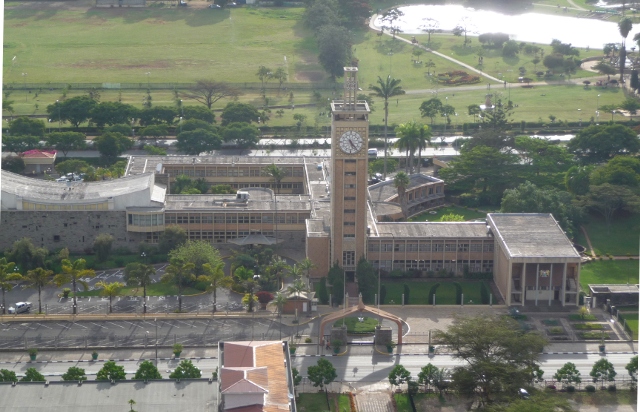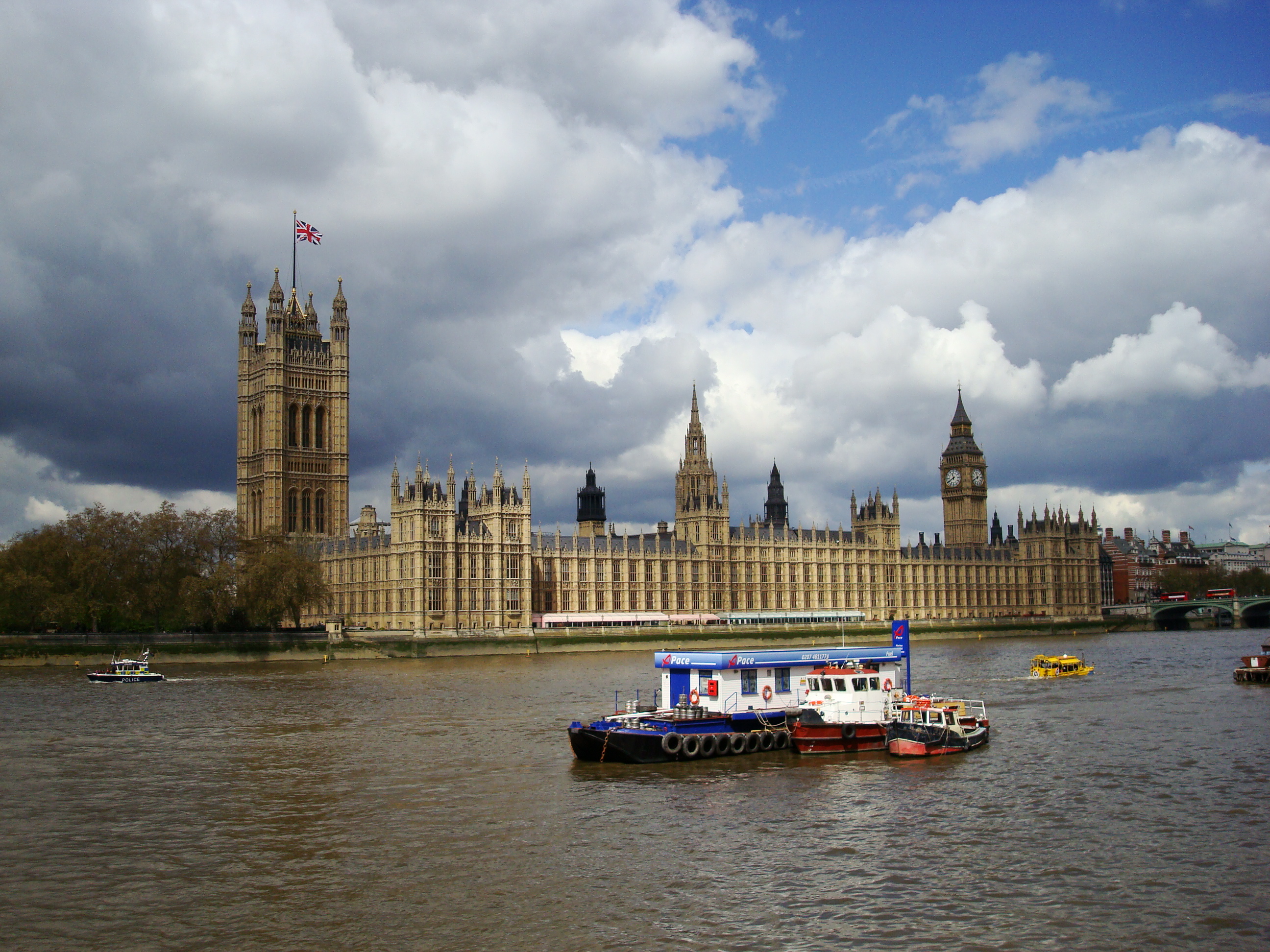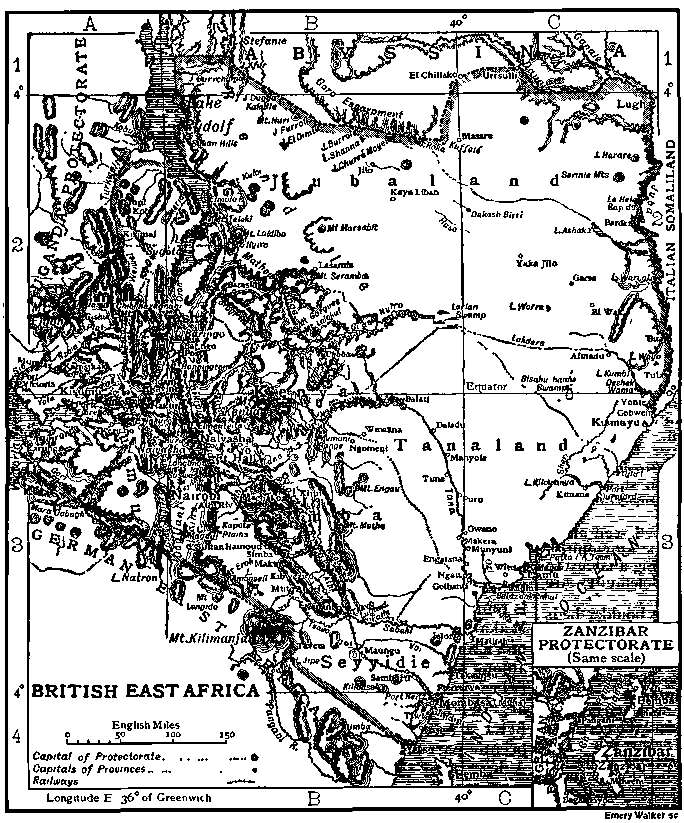|
Government Of Kenya
The Government of the Republic of Kenya (GoK) is the Central government, national government of the Kenya, Republic of Kenya located in East Africa. It is composed of Counties of Kenya, 47 Counties, each county with its own semi-autonomous governments, including the national capital of Nairobi, where the national government is primarily based. The national government is composed of three distinct branches: The Parliament of Kenya, Legislature (Parliament), the #Executive branch, Executive and the Judiciary of Kenya, Judiciary. Each arm is independent of the other and their individual roles are set by the Constitution of Kenya while their powers and duties are further defined by Act of Parliament, acts of Parliament. Naming The full name of the country is the "Republic of Kenya". Its official Swahili language, Swahili name is "Jamhuri ya Kenya". No other names appear in the Constitution, and these are the names that appear on the country's currency, in treaties, and in legal ... [...More Info...] [...Related Items...] OR: [Wikipedia] [Google] [Baidu] |
Coat Of Arms Of Kenya (Official)
The coat of arms of Kenya features two lions, a symbol of protection, holding spears and a traditional East African shield. The shield and spears symbolize unity and defence of freedom. The shield contains the national colours, representing: * Black for the people of Kenya. * Red for the blood shed during the struggle for freedom. * Green for the agriculture and natural resources. * White for unity and peace. On the shield is a rooster holding an axe while moving forward, portraying authority, the will to work, success, and the break of a new dawn. It is also the symbol of Kenya African National Union (KANU) party that led the country to independence. The shield and lions stand on a silhouette of Mount Kenya containing in the foreground examples of Kenya agricultural produce - coffee, pyrethrum, sisal, tea, maize and pineapples. The coat of arms is supported by a scroll upon which is written the word 'Harambee'. In Swahili, Harambee means "pulling together" or "all for one". D ... [...More Info...] [...Related Items...] OR: [Wikipedia] [Google] [Baidu] |
Head Of Government
In the Executive (government), executive branch, the head of government is the highest or the second-highest official of a sovereign state, a federated state, or a self-governing colony, autonomous region, or other government who often presides over a cabinet (government), cabinet, a group of ministers or secretaries who lead executive departments. In diplomacy, "head of government" is differentiated from "head of state". The authority of a head of government, such as a president, chancellor, or prime minister, and the relationship between that position and other state institutions, such as the relation between the head of state and of the legislature, varies greatly among sovereign states, depending largely on the particular system of the government that has been chosen, won, or evolved over time. In most parliamentary systems, including constitutional monarchies, the head of government is the ''de facto'' political leader of the government, and is answerable to at least ... [...More Info...] [...Related Items...] OR: [Wikipedia] [Google] [Baidu] |
Head Of State
A head of state is the public persona of a sovereign state.#Foakes, Foakes, pp. 110–11 "[The head of state] being an embodiment of the State itself or representative of its international persona." The name given to the office of head of state depends on the country's form of government and any separation of powers; the powers of the office in each country range from being also the head of government to being little more than a ceremonial figurehead. In a parliamentary system, such as Politics of India, India or the Politics of the United Kingdom, United Kingdom, the head of state usually has mostly ceremonial powers, with a separate head of government. However, in some parliamentary systems, like Politics of South Africa, South Africa, there is an executive president that is both head of state and head of government. Likewise, in some parliamentary systems the head of state is not the head of government, but still has significant powers, for example Politics of Morocco, Moro ... [...More Info...] [...Related Items...] OR: [Wikipedia] [Google] [Baidu] |
Political Party
A political party is an organization that coordinates candidates to compete in a particular area's elections. It is common for the members of a party to hold similar ideas about politics, and parties may promote specific political ideology, ideological or policy goals. Political parties have become a major part of the politics of almost every country, as modern party organizations developed and spread around the world over the last few centuries. Although List of countries without political parties, some countries have no political parties, this is extremely rare. Most countries have Multi-party system, several parties while others One-party state, only have one. Parties are important in the politics of autocracies as well as democracies, though usually Democracy, democracies have more political parties than autocracies. Autocracies often have a single party that Government, governs the country, and some political scientists consider competition between two or more parties to ... [...More Info...] [...Related Items...] OR: [Wikipedia] [Google] [Baidu] |
Electoral District
An electoral (congressional, legislative, etc.) district, sometimes called a constituency, riding, or ward, is a geographical portion of a political unit, such as a country, state or province, city, or administrative region, created to provide the voters therein with representation in a legislature or other polity. That legislative body, the state's constitution, or a body established for that purpose determines each district's boundaries and whether each will be represented by a single member or multiple members. Generally, only voters (''constituents'') who reside within the district are permitted to vote in an election held there. The district representative or representatives may be elected by single-winner first-past-the-post system, a multi-winner proportional representative system, or another voting method. The district members may be selected by a direct election under wide adult enfranchisement, an indirect election, or direct election using another form ... [...More Info...] [...Related Items...] OR: [Wikipedia] [Google] [Baidu] |
Senate Of Kenya
The Senate of the Republic of Kenya ( swahili: ''Seneti ya Jamhuri ya Kenya)'' is one of the two Houses of the Parliament of Kenya, along with the National Assembly. The Senate was first established as part of Kenya's 1963 Constitution. After being abolished in 1966, the Senate was re-established by Article 93 of the new 2010 Constitution to represent counties' interests as well as pass legislation concerning counties. First Senate, 1963–1966 Kenya's 1963 Constitution established a Senate that consisted of 41 senators elected for six years, with one-third of the members retiring every two years. Timothy Chokwe served as the first speaker of the Senate. The Senate was abolished in 1966, when its membership was combined with that of the House of Representatives to form a unicameral legislature, the National Assembly. Members of the first Senate (1963–1966) Modern Senate, 2013–present The 2013 General Election took place on 4 March 2013. Under the new Constitut ... [...More Info...] [...Related Items...] OR: [Wikipedia] [Google] [Baidu] |
National Assembly Of Kenya
The National Assembly of the Republic of Kenya (formerly House of Representatives) is one of the two Houses of the Parliament of Kenya. Between 1966 and 2013, it served as a unicameral house. In 2013 ( 11th Parliament), it became the lower house when the Senate was reestablished. It has a total of 349 seats: 290 elected from the constituencies, 47 women elected from the counties and 12 nominated representatives. The Speaker of the National Assembly of Kenya serves as an ex officio member. The High Court of Kenya ordered lawmakers to introduce gender quotas, or face dissolution in the mid-2010s, following the implementation of the 2010 Constitution. Committees House Keeping committees * House Business Committee: creates Parliamentary calendar; schedules committee business; issues directives and guidelines to prioritise or postpone any business of the House. * Procedure & House Rules Committee: proposes rules for the orderly and effective conduct of committee busin ... [...More Info...] [...Related Items...] OR: [Wikipedia] [Google] [Baidu] |
Bicameralism
Bicameralism is a type of legislature that is divided into two separate Deliberative assembly, assemblies, chambers, or houses, known as a bicameral legislature. Bicameralism is distinguished from unicameralism, in which all members deliberate and vote as a single group. , roughly 40% of the world's national legislatures are bicameral, while unicameralism represents 60% nationally and much more at the subnational level. Often, the members of the two chambers are elected or selected by different methods, which vary from Jurisdiction (area), jurisdiction to jurisdiction. This can often lead to the two chambers having very different compositions of members. Enactment of a bill, Enactment of primary legislation often requires a concurrent majority—the approval of a majority of members in each of the chambers of the legislature. When this is the case, the legislature may be called an example of perfect bicameralism. However, in many parliamentary and semi-presidential systems, th ... [...More Info...] [...Related Items...] OR: [Wikipedia] [Google] [Baidu] |
Prime Minister
A prime minister or chief of cabinet is the head of the cabinet and the leader of the ministers in the executive branch of government, often in a parliamentary or semi-presidential system. A prime minister is not the head of state, but rather the head of government, serving as the chief of the executive under either a monarch or a president in a republican form of government. In parliamentary systems of government (be they constitutional monarchies or parliamentary republics), the Prime Minister (or occasionally a similar post with a different title, such as the Chancellor of Germany) is the most powerful politician and the functional leader of the state, by virtue of commanding the confidence of the legislature. The head of state is typically a ceremonial officer, though they may exercise reserve powers to check the Prime Minister in unusual situations. Under some presidential systems, such as South Korea and Peru, the prime minister is the leader or the most s ... [...More Info...] [...Related Items...] OR: [Wikipedia] [Google] [Baidu] |
United Kingdom
The United Kingdom of Great Britain and Northern Ireland, commonly known as the United Kingdom (UK) or Britain, is a country in Northwestern Europe, off the coast of European mainland, the continental mainland. It comprises England, Scotland, Wales and Northern Ireland. The UK includes the island of Great Britain, the north-eastern part of the island of Ireland, and most of List of islands of the United Kingdom, the smaller islands within the British Isles, covering . Northern Ireland shares Republic of Ireland–United Kingdom border, a land border with the Republic of Ireland; otherwise, the UK is surrounded by the Atlantic Ocean, the North Sea, the English Channel, the Celtic Sea and the Irish Sea. It maintains sovereignty over the British Overseas Territories, which are located across various oceans and seas globally. The UK had an estimated population of over 68.2 million people in 2023. The capital and largest city of both England and the UK is London. The cities o ... [...More Info...] [...Related Items...] OR: [Wikipedia] [Google] [Baidu] |
History Of Kenya
A part of Eastern Africa, the territory of what is known as Kenya has seen human habitation since the beginning of the Lower Paleolithic. The Bantu expansion from a West African centre of dispersal reached the area by the 1st millennium AD. With the borders of the modern state at the crossroads of the Bantu, Nilo-Saharan and Afro-Asiatic ethno-linguistic areas of Africa, Kenya is a multi-ethnic state. The Wanga Kingdom was formally established in the late 17th century. The Kingdom covered from the Jinja in Uganda to Naivasha in the East of Kenya. This is the first time the Wanga people and Luhya tribe were united and led by a centralized leader, a king, known as the Nabongo. The European and Arab presence in Mombasa dates back to the Early Modern period, but European exploration of the interior began in the 19th century. The British Empire established the East Africa Protectorate in 1895, from 1920 known as the Kenya Colony. During the wave of decolonisation in the 196 ... [...More Info...] [...Related Items...] OR: [Wikipedia] [Google] [Baidu] |








